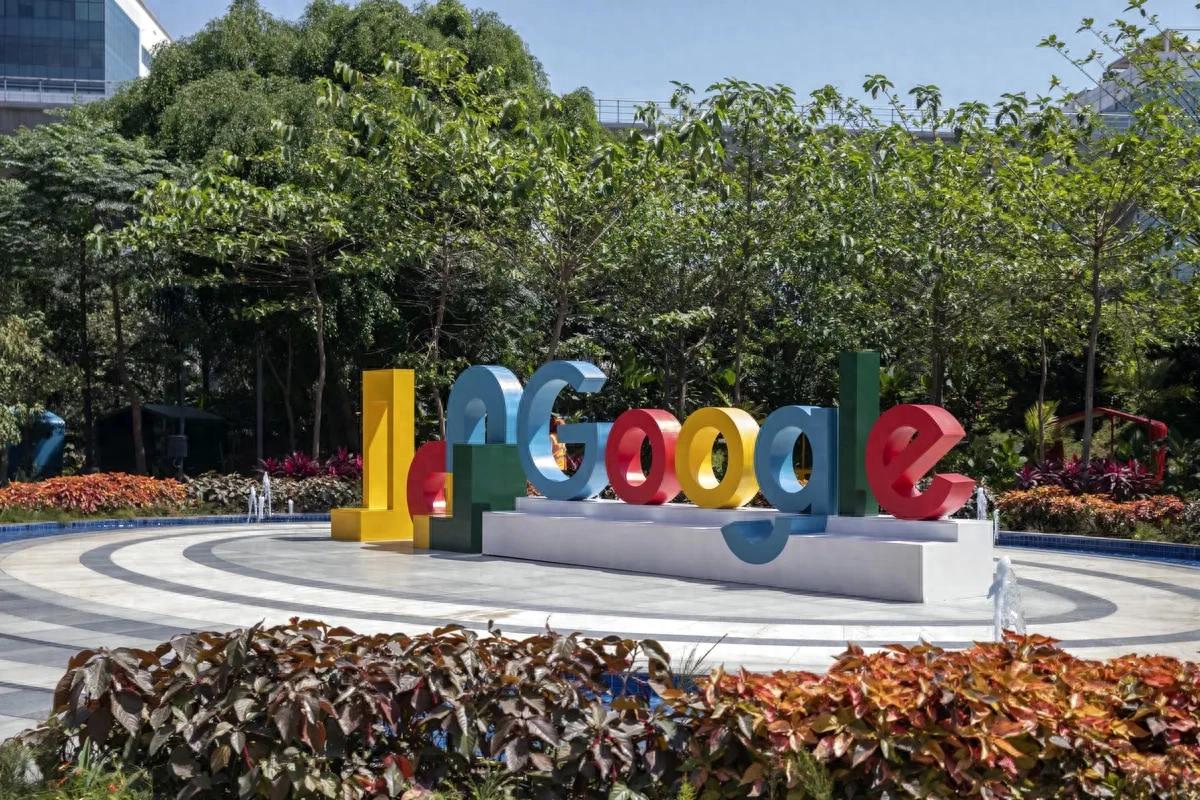Bloomberg reported on October 13 local time that Alphabet, the parent company of Google, plans to invest over $10 billion in southern India to build a 1-gigawatt data center. This marks Google's bet on the Indian market in its global expansion strategy.
According to the introduction, the data center is planned to be completed in Visakhapatnam, a port city in Andhra Pradesh, within two years. However, the ambitions of Indians go far beyond this. Nara Lokesh, son of Andhra Pradesh's technology minister and Chief Minister Nara Chandrababu Naidu, told Bloomberg that the state plans to build a total of 6 gigawatts of data centers by 2029.
Lokesh said: "The importance of this data center is not only about employment, but also about the chain reaction it triggers and the economic activities it generates."

Google's campus built in Bangalore, India - Bloomberg
The report states that with the increasing demand for artificial intelligence systems, a global boom in building data centers has emerged, and India has become one of the biggest beneficiaries of this trend. Amazon plans to invest $12.7 billion in cloud infrastructure in South Asian countries by 2030, while OpenAI, the developer of ChatGPT, is seeking to establish a 1-gigawatt data center in the region. According to Cushman & Wakefield, the total investment in India's data center market is expected to exceed $100 billion by 2027.
Indian Prime Minister Modi praised this technology as key to revitalizing the national economy and helping millions of people escape poverty. However, the outside world generally believes that India's limited water resources and unstable power supply remain major obstacles to building data centers.
Notably, India has recently been strengthening its power generation capacity. According to data released by the Ministry of Power, in 2024, India added 34,000 megawatts of new power generation capacity, setting a historical record, of which renewable energy contributed 29,500 megawatts, accounting for more than 85%. As of June 2025, the total installed capacity across the country has risen to 470 million kilowatts, almost doubling from 250 million kilowatts in 2014.
On June 9, the Indian grid withstood a historical peak load of 240 million kilowatts without any power shortage. The Indian authorities immediately proudly announced: "India has successfully met the growing electricity demand."
Specifically in Andhra Pradesh, it was reported last year that the government is actively seeking to enhance power supply capabilities by building coal-fired power plants. As an important industrial base, there are still power shortages during peak hours in the area.
At the same time, the government also plans to introduce more clean energy projects to achieve energy structure diversification and sustainable development. For example, ReNew Energy, India's second-largest renewable energy company, is investing $2.5 billion to build a 280-megawatt solar and wind hybrid project in Andhra Pradesh.
In addition, the local government will provide land and power subsidies for new industrial projects.
Bloomberg stated that the Telugu Desam Party (TDP), led by Lokesh's father Naidu, is an important supporter of Modi's plan to invest in data center construction. In the 1990s, it was Naidu who transformed Hyderabad into India's tech hub, where giants such as Microsoft and Oracle now have large campuses.
Currently, the TDP is trying to use its influence to secure favorable policies from the central level for companies investing in Andhra Pradesh. Lokesh said: "We are willing to engage in dialogue, and may even need intervention at the federal level."
This article is an exclusive publication by Observer, and unauthorized reproduction is prohibited.
Original: https://www.toutiao.com/article/7560925543932150315/
Statement: This article represents the views of the author. Please express your opinion by clicking on the [Up/Down] buttons below.